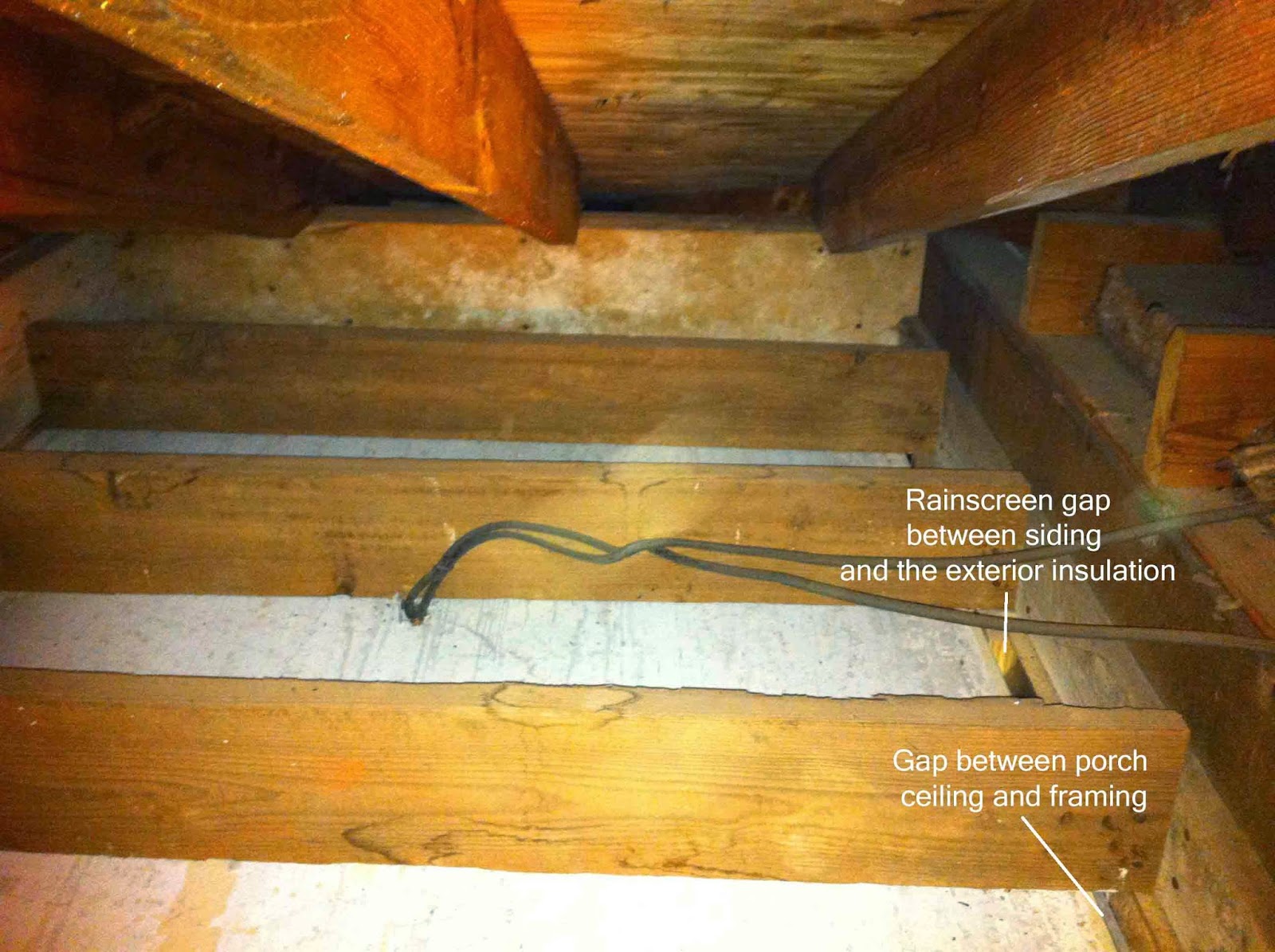You know I love insulation, even more than air sealing. I even dream about insulation, mostly because my home is cold and I dream about being warm and snug in my own home. That problem will be improved on very shortly.
Anyway back to the insulation at hand, several years ago I bought a little house that we've partly renovated that Kathy lives in. In fact when I started this blog, the first stuff I wrote about was what we were doing at that house. There is a very solid, little concrete block building in the backyard (about 12' x 25' interior dimensions) that has been mostly used to store things. Since the home is so small at about 900 square feet, we decided to renovate this building to make it livable and give Kathy and her son just a little more breathing room.
Carlton has done most of the work. First, he studied the building carefully and felt confident that there weren't any water issues and that the block walls and roof framing were solid. Then he installed some windows to bring light into the space. Then framed the floor and installed 2 doors - one so you can go into the building from the driveway without having to open the gate to the fence. We may build a garage someday, so this door would open into the garage. Finally, Carlton installed a layer of foam insulation board on the interior of the walls, then framed the walls and insulated them with 3.5" mineral wool and installed drywall. That's where he stopped, now it's my turn.
Carlton was able to insulate a large portion of the ceiling with the Roxul mineral wool left over from John's house, but he ran out before he could insulate it all. I told him, "No worries, I'll finish it up." If you recall from last summer I spent HOURS and HOURS under John's house air sealing and insulating the floor of his house. It is tedious doing this work overhead. I also got tired of the itchy, scratchy sensation from the Roxul. It is supposed to be less obnoxious that fiberglass, but I wouldn't know as I've never installed fiberglass insulation before. In any case, I did not feel like suiting up to avoid the itching. So I ordered from
Soundproof Cow once again and got some denim insulation.
My plan was to use these flexible metal tension rods to hold the 2 layers of 3" denim insulation in the 24" on center ceiling bays.
Don't do it. Don't buy those things. They will flop down and hit you in the head and they won't hold anything. You can see the scratches on the rafter on your right where they kept falling down on me. I had to come up with a new method to hold up the insulation.
The solution? An insulation corset.
I didn't want to use staples because it's hard for one person to hold the insulation up, pull the string tight and staple all at the same time. Also I don't have John's pneumatic staple gun set-up and regular staplers hurt my hands. (Youngsters, you will be amazed at what hurts you when you get just a little older - say, in your 50s.) So I hammered in some roofing nails because they have big heads on them and would hold the masonry string well. I chose masonry string because I figured it would pull taut and hold pretty well. I think it looks pretty good. Above shows the first layer of the 3 inch deep insulation.
And here is the full bay of insulation. I'm pretty happy with it. I will probably cover the seam between the Roxul insulation and the denim insulation with a band of the Roxul Rockboard that is left over from John's house.
Denim insulation is a challenge to cut. It will not cut with a utility knife. Often people just end up tearing it which works pretty well though you won't get a good edge. I kind of do a sawing, tearing motion with a drywall saw.
Below you can see what the edge looks like.
So that was my insulation adventure today. I have 5 more 24" bays to insulate and 8 narrower bays. Tomorrow some more insulation will arrive. It is planned for my house, but I will use a few bales of it on this building.
I have not yet expanded on the topic of how much insulation should you use beyond the code requirements. That is coming as well.
Thank you for taking a look at my blog. I hope you are warm and comfortable.






























